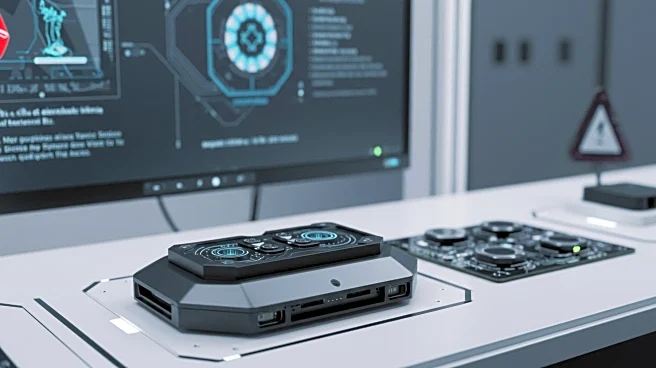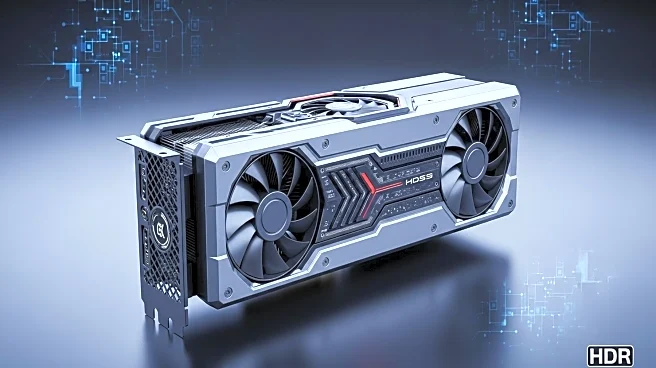Rapid Read • 6 min read
NVIDIA has introduced its Blackwell architecture, designed to scale from datacenter to mobile applications, focusing on machine learning-based neural rendering. The architecture aims to improve performance by utilizing FP4 ML compute, which maximizes efficiency in both graphics and machine learning tasks. The AI management processor plays a crucial role in orchestrating workloads, ensuring seamless integration of graphics and ML without stalling the GPU. Blackwell supports Universal MIG, allowing multiple clients to utilize the GPU simultaneously, enhancing performance by up to 60% compared to traditional time slicing methods.
AD
The introduction of the Blackwell architecture signifies a major advancement in AI and graphics technology, potentially transforming industries reliant on high-performance computing. By optimizing ML and graphics integration, NVIDIA aims to reduce power consumption and improve efficiency, which could benefit sectors such as gaming, professional graphics, and mobile computing. The ability to scale across different platforms may lead to broader adoption of AI technologies, impacting software development and user experiences across various applications.
NVIDIA's focus on FP4 ML compute and Universal MIG suggests ongoing developments in AI and graphics integration. As the architecture is adopted, stakeholders in gaming, graphics, and AI industries may explore new applications and efficiencies. The potential for improved performance and reduced power consumption could drive innovation in interactive gaming and professional graphics, with companies likely to invest in adapting their technologies to leverage these advancements.
AD
More Stories You Might Enjoy










